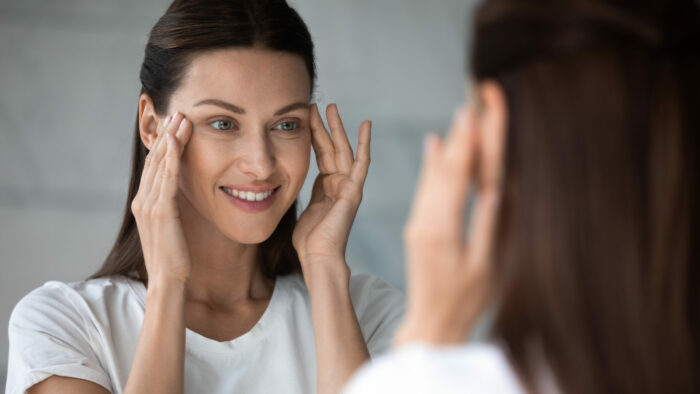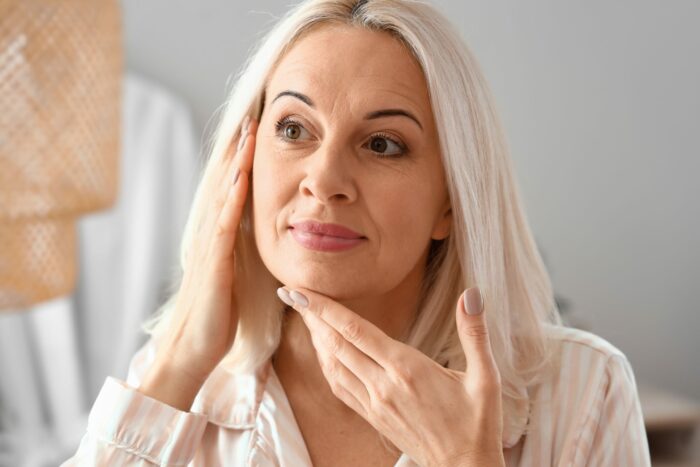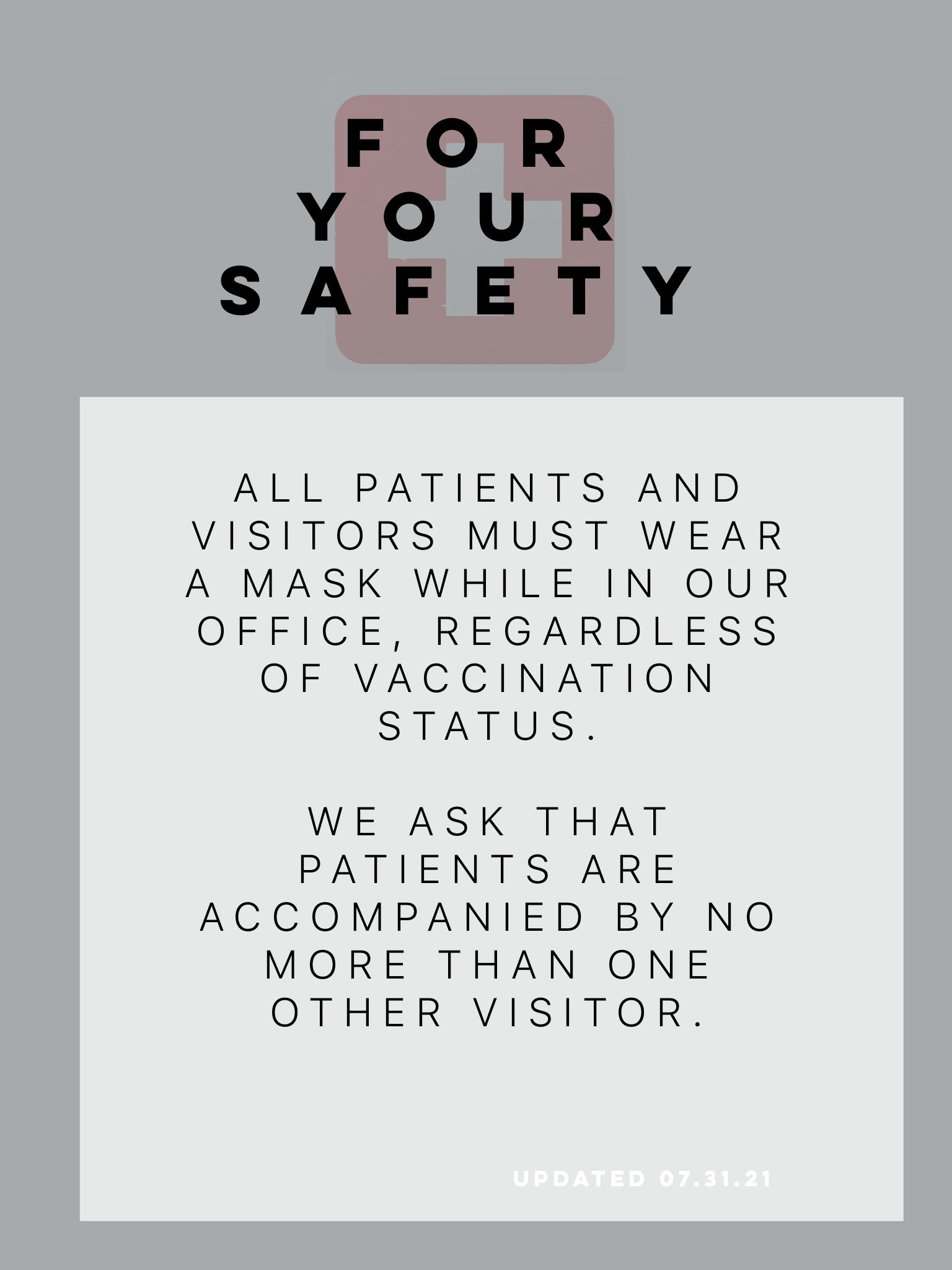Have you noticed wrinkles on your forehead, between your brows, or around your eyes? Some facial muscles cause creases in the skin that lead to wrinkles. Botox® relaxes those muscles so your skin looks smooth and youthful. This injectable treatment helps you look refreshed and energized instead of tired or angry.
What is Botox®?
Botox® is a neurotoxin that temporarily relaxes facial muscles. Botox® injections deliver tiny doses of this powerful compound to target the muscles creating your facial lines and wrinkles. The FDA approved Botox® originally to treat conditions such as eye spasms, hyperhidrosis, and migraines, but it has been approved for aesthetic uses for over twenty years. Despite being called a neurotoxin, botulinum toxin does not cause any harm to your nerves or muscles.












